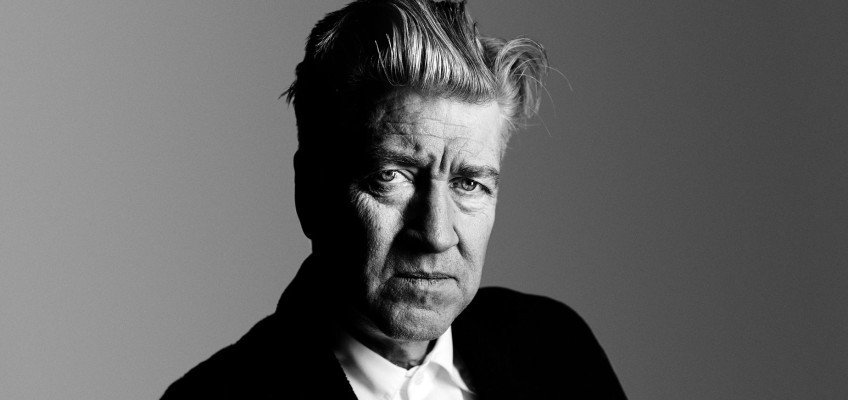“If you want to catch little fish, you can stay in the shallow water. But if you want to catch the big fish, you’ve got to go deeper.”
“I look for a certain kind of fish that is important to me, one that can translate to cinema. But there are all kinds of fish swimming down there. There are fish for business, fish for sports. There are fish for everything.”David Lynch
Disclaimer: the author of this review is a great fan of David Lynch. Perhaps, he isn´t the most impartial reviewer for this book. 🙂
“Catching the Big Fish” is a brief and charming book about creativity from the point of view of David Lynch. It is full of “gems” about his creative process. Many of the “gems” can be appropriated by people who need to be creative even in a business environment.
The reader probably knows some of David Lynch’s films (like “Wild at Heart” with Nicholas Cage and “Blue Velvet with Isabella Rossellini and Kyle MacLachlan) and the famous TV series “Twin Peaks” produced by him. Lynch is also a visual artist and a musician.
It is difficult not to admire David Lynch. On one side, he is one of the most iconic and creative filmmakers alive today. On the other side, it is difficult not to admire is persistence and “never give up attitude.”. His first movie (“Eraserhead”) took several years to finish. Basically, David Lynch worked in other jobs to have enough money to film it – when he had money to buy celluloid and other filming material he would go on.
“Catching the Big Fish” is a book about creativity but many of its ideas can be applied in other areas of our life. The book is written in a very direct and charming style about his methods for having ideas and developing them. It consists of small excerpts that could actually stand alone well. Many of those excerpts have ideas and concepts that will challenge the mind of the reader. However, those small excerpts make sense together as a whole, without any problem.
The view of David Lynch is very hands-on. One of the key points of the message of the books, is that artists should learn by doing. Learning stuff and don’t applying, doesn’t make sense to David Lynch. In a way, if you don´t apply what you learn, you don’t really know it.
Int he following video, Lynch reads excerpts of his book:
He stresses that artists should attempt to produce something different and unique. However, he also states that enjoying the path is as important as the destination. Nothing wrong with fame, glory and money. However, the main motivations of an artist shouldn´t be fame, glory and money.
For David Lynch, the way to produce something different and unique isn’t to follow a clear path. It is a path full of adjustments and experiences – the path is made by walking. David Lynch claims that intuition plays a great role and that the artist should be in tune with his environment. The artist should go with the flow.
David Lynch says that we should be careful how we see the world around us for two reasons. One reason it that the way we interpret the world can make us more or less happy immediately. The second reason is related to the first. The way we see the world is important in relation to what we obtain from the world. One possible example: it is easier to see opportunities if we think they are out there. We tend to see more what is according to the “maps” of the world we already have.
The view of the relation between artists and pain is interesting and possibly useful. He agrees that is useful to understand pain. However, one thing is to understand it and another is to be consumed by it. To stress his point of view, he wrote that Van Gogh “would have been even more prolific and even greater if he wasn’t so restricted by the things tormenting him. I don’t think it was pain that made him so great-I think his painting brought him whatever happiness he had.”
Overall, I think is a very good and interesting book. There is a flaw from my point of view. Personally, I don´t have anything against transcendental meditation. Perhaps I even will try it in the future. However, I think David Lynch preaches too much transcendental meditation across the book. He views it like a sort of solution to the illnesses of the world. Perhaps it is but it isn’t necessary to write so much about transcendental meditation.
If the reader is primarily interested in manual about creativity this isn’t the best choice – there are better options out there. However, if the reader is interested in the figure of David Lynch or in a unique point of view on creativity this is a book for you.
Ivo Dias de Sousa is a Portuguese writer born in Mozambique. Ivo is also a Professor at Universidade Aberta, Portugal, giving courses on information management. Currently, Ivo is interested in using his experience on information management to construct applications (see http://windit-app.com/ ) for smartphones, in collaboration with others. Ivo holds a Master in Statistics and Information Management (Universidade Nova de Lisboa) and a Ph.D. in Information Management (Universidade Aberta). Amongst his main interests are information management, psychology of luck and literature.










